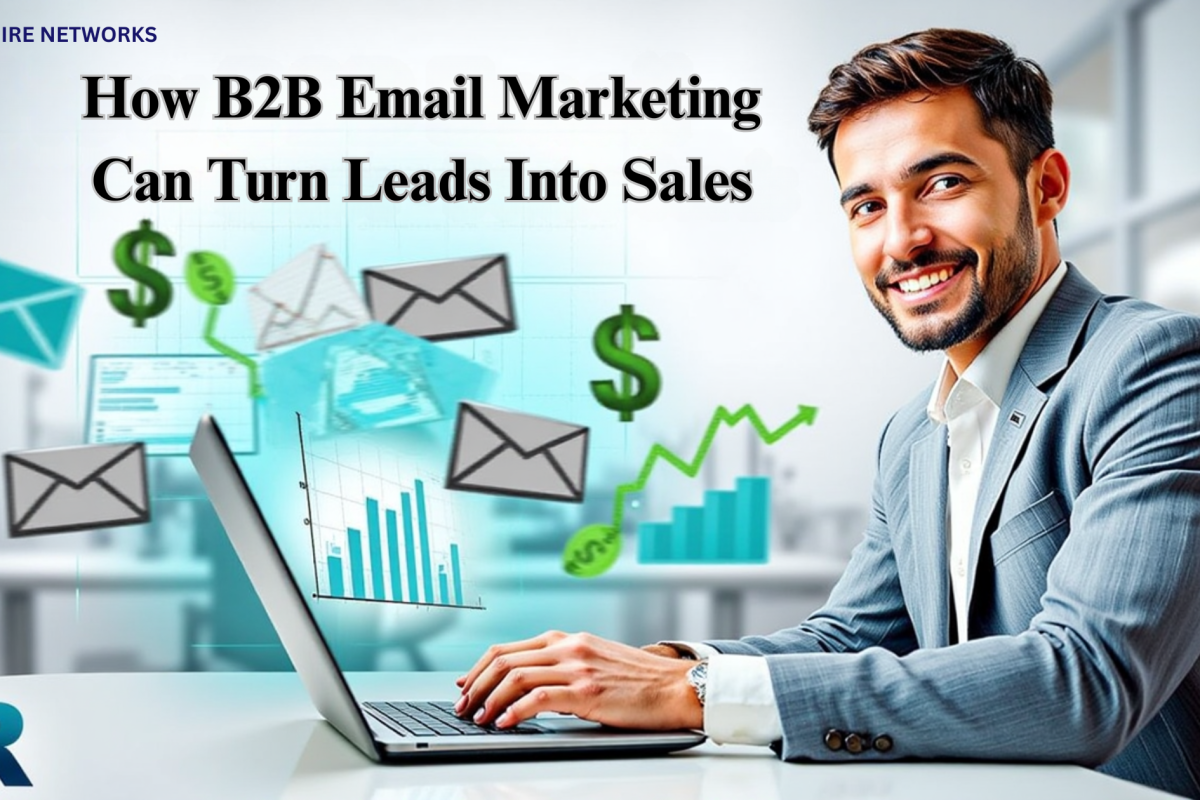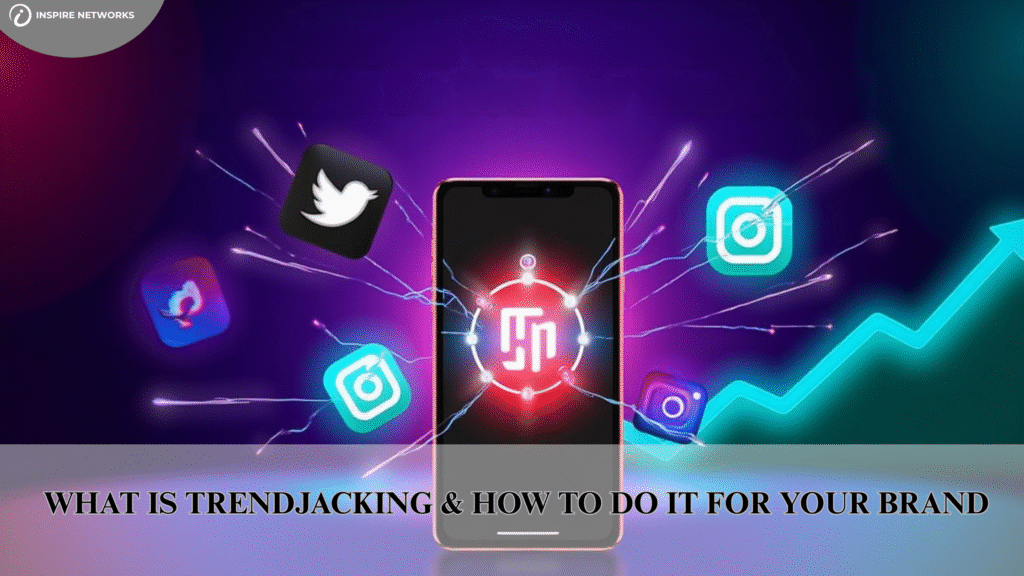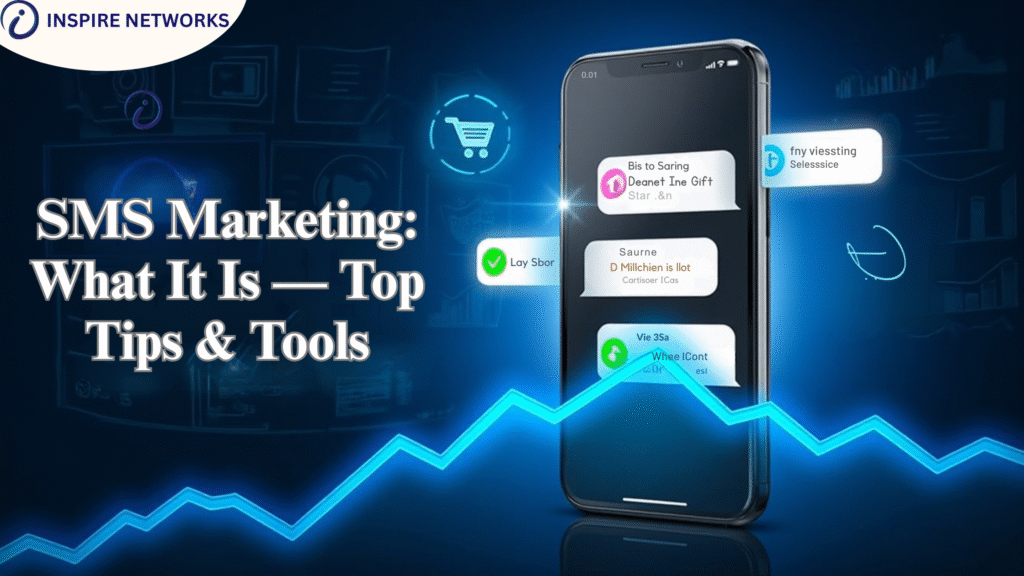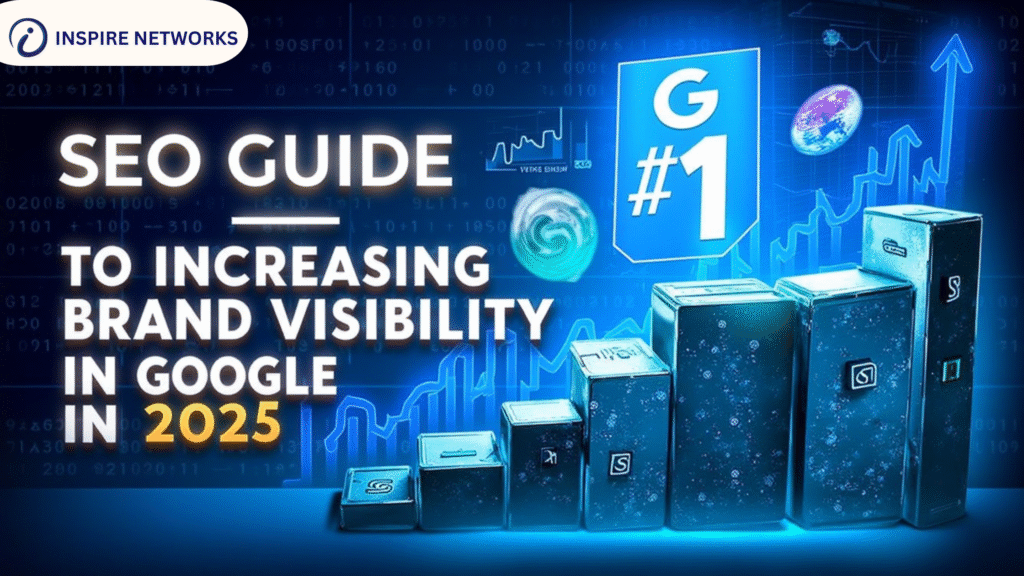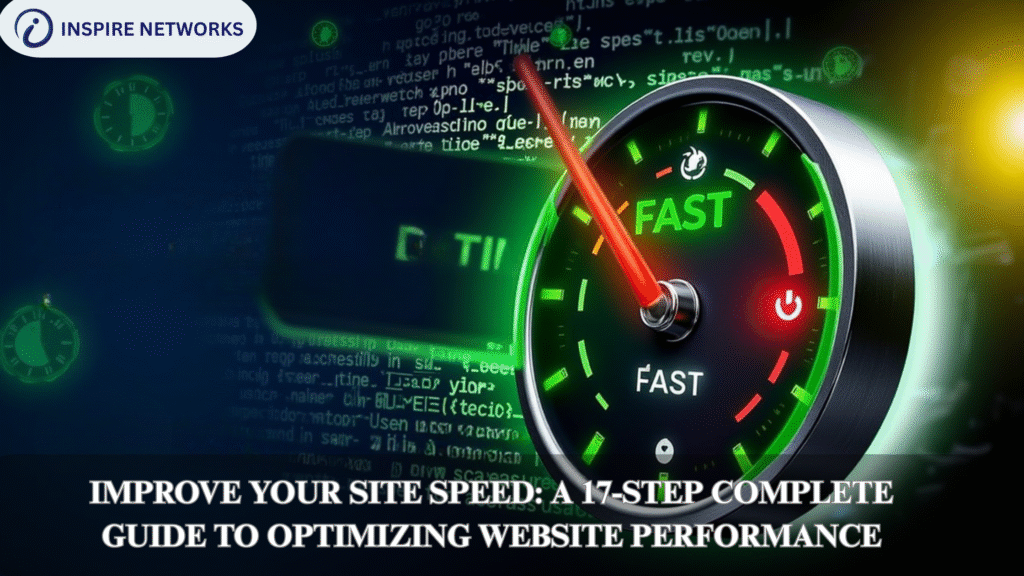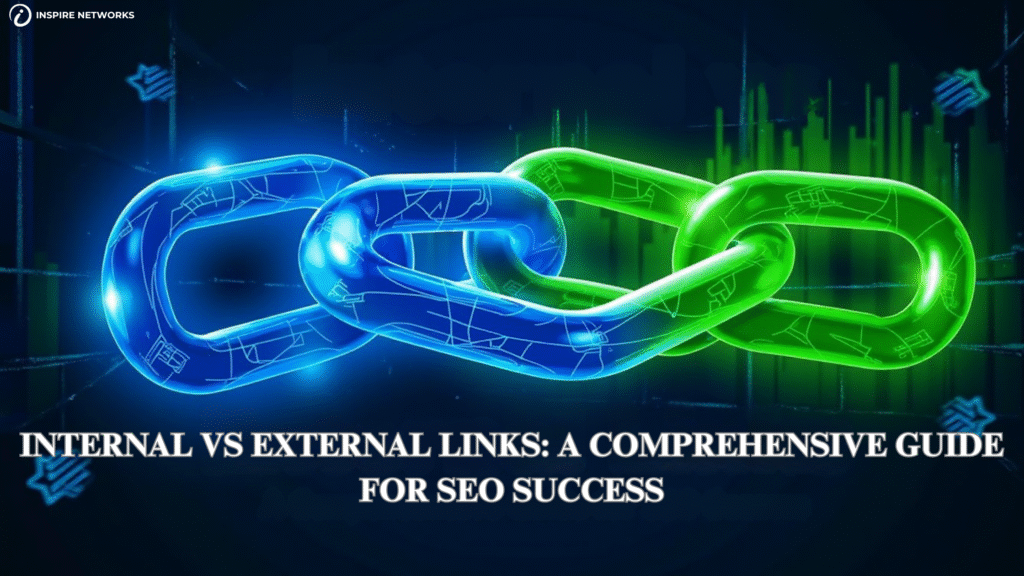Introduction
In today’s continually evolving digital realm, email correspondence targeting business prospects, often known as B2B email marketing, remains one of the most impactful and direct approaches for cultivating potential customers and driving sales. Though social platforms and paid advertisements play important duties, email offers a more customized, targeted, and quantifiable method to construct relationships with possible clients. When actualized correctly, it has the power to transform indifferent contacts into dedicated patrons. But precisely how does this transformation occur
This article explores how B2B email marketing, when supported by technique and personalized information, can guide prospects through the purchasing process—moving interest into participation, and participation into conversions.
Comprehending the B2B Buyer’s Journey
Unlike B2C, the B2B sales cycle is often longer, more involved, and includes various decision makers. A solitary acquisition choice may include several stakeholders, budgeting worries, and numerous rounds of endorsement. Therefore, constructing trust and showing worth gradually is crucial.
Email marketing fits completely into this situation by:
- Keeping your brand top of mind,
- Offering instructional content at every contact point, and
- Providing well-timed, appropriate solutions that match the prospect’s stage in the acquiring journey.
By aligning your email content with the buyer’s route (awareness, consideration, decision), you can nurture leads more productively toward making a purchase.
Constructing a Qualified Email List
Before you can transform leads into sales, you require a strong foundation—your email list. The quality of your leads matters more than the amount. Purchasing haphazard lists may do more damage than good.
Here’s how to build a qualified list:
- Use pull magnets like free ebooks, webinars, whitepapers, or checklists in exchange for email addresses.
- Creating segmented content for target audiences online is essential.
- Forms on pages, blogs, and networks gather contacts.
- Audience segmentation founded on interests, occupation function, company dimensions, and purchasing behaviors facilitates customized engagement.
A clean and well-segmented contact listing aids delivering personalized and impactful communications—pivotal for B2B transformations.
Crafting Value-Driven Email Content
Once obtained, your contact listing permits delivering helpful and applicable material. Contrary to promotional B2C emails, B2B correspondence must emphasize problem-solving and leadership. through new perspectives.
Effective B2B substance includes:
- Industry insights and tendencies,
- case studies or success stories
- Demonstrating resolutions, product instructionals or demonstrations,
- Return-on-investment calculators or toolkits,
- Invites to webinars or events
Your material should educate, prompt trust, and highlight your know-how. Emails should not blatantly promote “purchase today” but instead guide understanding of how your solution can solve their troubles.
Personalization: The Key to Engagement
Customizing is key to participation, none more so in the B2B domain. Companies anticipate customized experiences echoing their singular needs and destinations. Personalizing goes beyond merely including a first name.
You can individualize as per:
- Sector (e.g. IT, finance, healthcare),
- Role inside the company (e.g. CTO versus Procurement Administrator),
- Stage of the sales funnel (e.g. awareness versus decision-making)
- Prior interactions (e.g. downloaded a case study, attended a webinar).
Research indicates customized email campaigns can raise open rates by 26% and build click-through rates by 14%. When your emails feel tailored and applicable, your crowd is more probable to participate—and ultimately purchase.
Nurturing Leads With Email Sequences
Email marketing is not about transmitting a singular message with hopes for the best. Lead cultivation demands steady, self-governing sharing that propels potentials nearer a choice. Lead cultivation demands steady, self-governing sharing that propels potentials nearer a choice.
A typical sequence begins with a
- Welcome note to set expectations and introduce your brand.
- Educational email containing helpful blogs or videos.
- Social proof by providing testimonials or case studies in a dedicated message.
- Product spotlight email focusing on features or selling points.
- Follow-up email asking if any questions remain or interest exists in a demonstration.
- Conversion email outlining a limited offer or free trial designed to spur action.
Automating such drip campaigns ensures prospects stay engaged as they receive tailored information attuned to their stage in the buying cycle.
Leveraging Analytics to Refine Strategy
Email tracking supplies valuable insights for optimizing performance. Metrics including open rates, click-through rates, and unsubscribe rates all aid assessment of strategy effectiveness
Conversion rates especially illuminate what resonates.
- Low open rates might prompt reworking subject lines tested at alternative times.
- High clicks coupled with low conversions could signal needing optimized landing pages.
- Elevated unsubscribes may call for reduced frequency or improved relevance.
Testing variations through A/B splits experimenting with different formats, calls to action, or subject lines fosters perpetual refinement leading to increased involvement and results over the long haul.
Integrating Email With Other Channels
An integrated approach amplifies email’s power. Weaving email within content, search engine optimization, webinars, social networks, and customer relationship management platforms creates synergy.
- For instance, teasing upcoming webinars by email and afterward circulating recordings expands reach.
- Cross-promoting campaigns through retargeted digital ads widens visibility.
- Leveraging CRM data permits personalizing messages dependent on previous sales interactions.
A multichannel method resonates the brand throughout the entire buyer’s journey.
From Lead to Sale: Real-World Example
Consider a software firm helping mid-sized businesses optimize human resources. They could skillfully guide interested leads towards purchase through such B2B email marketing techniques.
- A curious client downloaded an insightful ebook entitled “5 Indications Your HR Technology Is Outdated.”
- The business added the prospect to an automated plan:
- Email 1: Thanking for the download and connecting to a blog about modern HR shifts.
- Email 2: A case study on how another organization improved the onboarding speed and experience.
- Email 3: An invitation to an online session on retaining employees.
- Email 4: A demo request email with personalized next steps.
- The lead participated in the webinar and scheduled a demonstration.
- The sales team followed up with a proposal and successfully closed the deal.
This exemplifies the power of organized, strategic digital correspondence.
Conclusion
In business-to-business marketing, email remains a crucial tool to convert prospects into paying clients. Its strength lies in its ability to nurture relationships, deliver customized value, and guide potential buyers along their journey.
By focusing on developing a high-quality list, generating informative and pertinent content, using customization, establishing automated email sequences, and consistently optimizing with analytics, you can transform passive interest into quantifiable sales achievement.
If you aren’t capitalizing on the full potential of business-to-business email marketing yet, now is the time to get started. With the proper strategy in place, your inbox can become one of the most powerful instruments in your sales arsenal.

